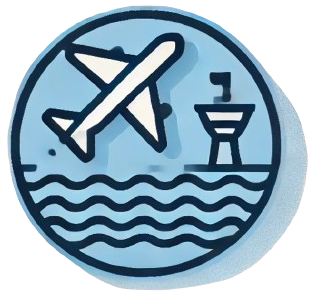The highest altitude at which humans can survive
The highest altitude at which humans can survive varies widely among individuals and is influenced by many factors, including acclimatization, duration of exposure, and overall health. The extreme environment at high altitudes significantly affects physical capabilities and survival. Interestingly, individuals have managed to inhabit regions at remarkable heights, sparking interest and studies on human endurance and adaptability to extreme conditions.
Permanent Habitation at High Altitudes
One of the most remarkable feats of humanity is the establishment of permanent settlements at extreme altitudes. The highest permanently inhabited area known is La Rinconada in Peru, located at 5,100 meters (16,700 feet) above sea level. This region serves as a testament to human resilience against the backdrop of severe conditions, thin air, and harsh weather. People in La Rinconada have adapted to life at this elevation, where oxygen levels are significantly reduced, and temperatures can drop dramatically. Nevertheless, at even higher altitudes, such as 5,950 meters (19,520 feet), individuals have survived for extended periods, with reports of sustainment reaching up to two years.
Key Facts about Permanent Habitation:
- Location: La Rinconada, Peru
- Altitude: 5,100 meters (16,700 feet)
- Survival Duration: Up to two years at 5,950 meters (19,520 feet)
The Physiological Challenge of High Altitude Survival
Surviving at great heights poses substantial physiological challenges. The atmospheric pressure decreases as altitude increases, which leads to a corresponding drop in available oxygen. At 5,950 meters, the atmospheric pressure is around 475 millibars, making it one of the highest altitudes where humans can reasonably exist. This phenomenon can lead to various altitude-related illnesses, such as:
- Acute Mountain Sickness (AMS)
- High Altitude Pulmonary Edema (HAPE)
- High Altitude Cerebral Edema (HACE)
To combat these issues, acclimatization is essential, allowing the body to adapt to thinner air gradually.
Aviation Altitudes and Risks
In contrast to terrestrial survival at extreme altitudes, aviation operates under different thresholds and risks. For instance, commercial flights typically cruise at altitudes around 30,000 to 40,000 feet; however, if a passenger jet were to ascend above its safe operational ceiling, it would reach a critical point known as ‘Coffin Corner.’ This term describes a scenario where the aircraft’s stall speed and buffet onset converge, preventing the plane from maintaining altitude. In essence, it creates a situation that mandates a descent to ensure safety.
Limits of Aircraft Altitude Performance
Aircraft like the Boeing 747–8 have specific limitations regarding their operational altitude. The service ceiling for this model sits at 43,100 feet, well below the theoretical max altitudes like 60,000 feet. Several factors contribute to this ceiling, including aircraft weight, structural integrity, and engine performance.
Factors Affecting Aircraft Altitude Performance:
- Aircraft Weight
- Structural Integrity
- Engine Performance
Each aircraft is designed with these specifications in mind to ensure safe and efficient operation at cruising altitudes.
In conclusion, while humans can survive at remarkable altitudes with proper acclimatization, extreme conditions demand significant physiological adaptations. The interplay between altitude limits in aviation and human survival continues to captivate scientists and adventurers alike, pushing the boundaries of what is achievable under the constraints of our atmosphere. Understanding these limits not only highlights the resilience of humans but also sheds light on the intricate mechanics involved in aviation safety.
